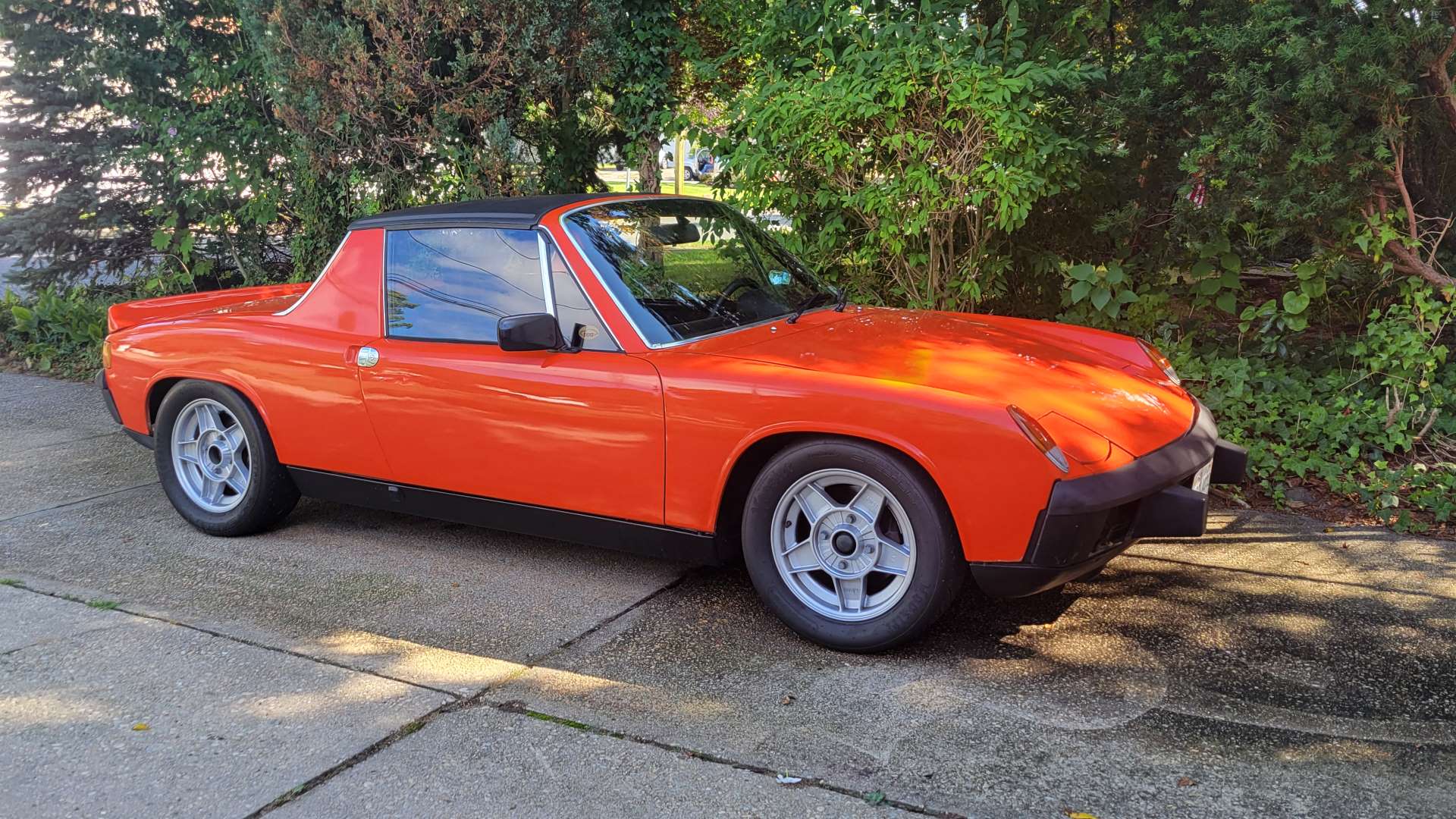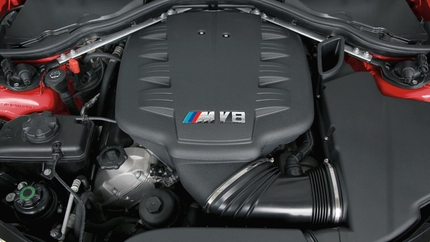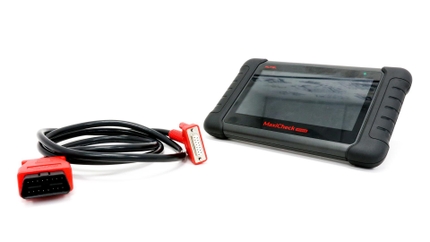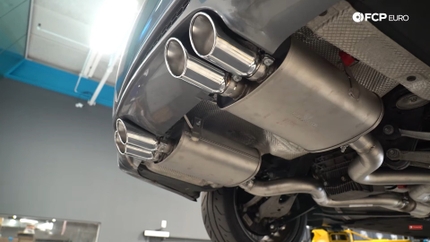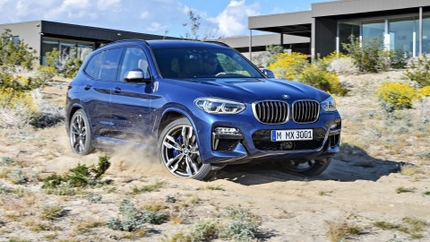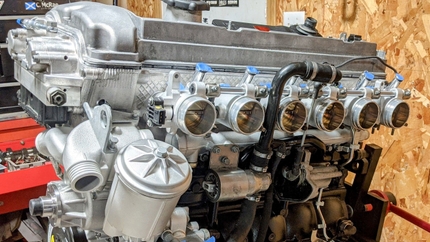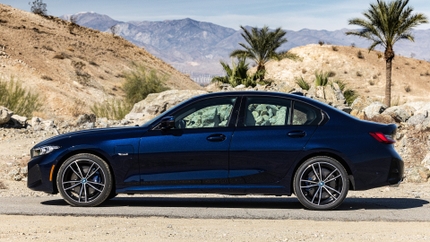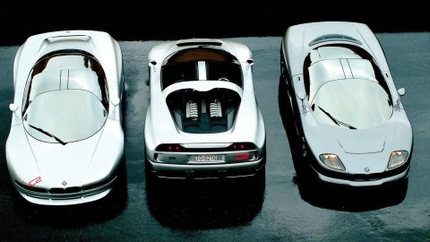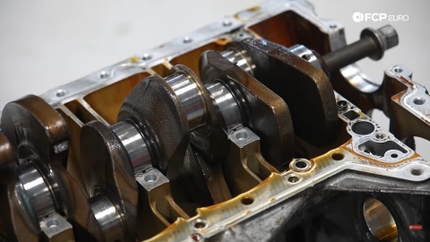All engine coolant is not created equal. In a similar fashion to engine oil, coolant is a complex mixture of chemicals and minerals designed to keep your engine running as cool as possible. Aluminum and cast iron, the most common engine block materials, require different properties from the coolant to stay efficient and corrosion-free, leading to many different forms of coolant. Using the wrong kind can accelerate water pump wear and clog coolant passage ports, so the best way to take care of your car’s cooling system is to stick with the manufacturer’s specified formula. What are the differences, and which coolant does your car need? Read along to find out.
Shop Coolant For Your Car At FCP Euro
Choosing The Right Coolant Table of Contents |
What Is Engine Coolant?
Coolant, in its most basic principle, is a liquid pumped through the engine to keep it from becoming too hot and damaging itself. In many cases and for many years in the early days of cars, engine coolant was simply distilled water. It’s an effective coolant to a point, but its boiling and freezing points made operating in extreme environments challenging. Boiling water is not an effective coolant, and frozen water inside an engine can crack the iron or aluminum surrounding it.
Coolant as we know it today, also called antifreeze, is a kind of “super water.” Within it are many chemical compounds, the most important being Glycol. When added to water, Glycol raises the boiling point and lowers the freezing point, stabilizing it for use in almost every application while also containing the lubricants that help the water pump and thermostat function effortlessly. The rest of the chemicals are corrosion inhibitors and dyes (orange, green, red, or blue). The corrosion inhibitors are critical to the type of material that the engine is made from and are categorized into four different types.
Engine Coolant Corrosion Inhibitors:
-
- Inorganic Additive Technology (IAT)
- Organic Additive Technology (OAT)
- Hybrid Organic Acid Technology (HOAT)
- Hybrid Organic Acid Technology (Si-OAT)
As critical as those different formulas are, they aren't regularly referred to by them. Instead, the largely accepted naming scheme comes from BASF. As one of the largest chemical producers in the world, BASF's Glysantin line of engine coolants is largely used as a general differentiator between coolant types. Their naming scheme is the originator of the G05, G40, and G48 designation, among others. Below, you'll find those Glysantin product names attached to each respective manufacturer's coolant specifications for ease of understanding.
Engine Coolant Types
The corrosion inhibitors make up the bulk of the various chemicals within the coolant. The four main types all use different compositions, giving them different properties suited to different cooling systems.
Inorganic Additive Technology (IAT)
This type is formed with silicates and phosphates. Silicates provide a protective film that quickly forms on the inside of the system and does a great job protecting it from corrosion. The downfall of this technology is that the additives deplete in a relatively short amount of time. This means that the coolant loses effectiveness and fails to protect the internals after a few years. This type of coolant should be flushed in two-year intervals in order to maintain proper functionality.
Following this maintenance schedule will ensure the prolonged life of your cooling system. Below is a radiator with clogged ports due to the build-up of silicate. This can lead to an overheating engine, so consider the perceived cost-benefit you get from skipping coolant flushes versus the cost of a new engine.

Organic Acid Technology (OAT)
The newer OAT coolants work a bit differently than the older silicate-based IAT coolants. First off, these coolants don't have any silicates or phosphates. They contain organic salts to protect the cooling system. This means that their service life is extended. This category of antifreeze cannot be used in systems containing yellow metals, meaning older cars with copper and brass cooling system components can not use this type of coolant. Newer cars with aluminum engines and cooling system components are mostly OK.
OAT technology was designed in relation to an environmental backlash by various organizations to bring to market coolant products that do not pollute the environment—just as IAT coolants have been doing. OAT introduced longer intervals and thus reduced maintenance costs and a lower environmental impact. Unfortunately, this coolant's performance was not as good as the IAT coolant it was slated to replace. OAT coolant takes a lot longer to coat the system in order to protect it, and any short period of time being exposed to water or moisture would corrode the metal.
Hybrid Organic Additive Technology (HOAT)
HOAT is a term that combines IAT technologies and OAT technologies together. Generally designed for engines that have iron blocks and aluminum heads, most modern coolants for European cars are created with this technology. The European formulas do not contain any phosphates either, as they do not work well with the hard water found in Europe.
Common HOAT Coolant Formulas:
- G05
- Chrysler: MS-9769
- Mercedes-Benz: DBL 7700.20 Page 325.0
- John Deere: JDM H 24
- Leyland: BLS.22.AF.01
- Ford North America: WSS-M97B51-A1
- G48 (Also known as VW G11)
- VAG (VW, Audi, Seat, Skoda): TL 774-C
- BMW: LC-87
- Mercedes-Benz: DBL 7700.20
- Opel/General Motors: B 040 0240
- Porsche: TL 774-C
- Saab: 6901599
Silicate Organic Additive Technology (Si-OAT)
Performance issues with silicate-free OAT led to the development of a new high-performance antifreeze/coolant technology called Si-OAT (Silicate Organic Additive Technology). Basically, this coolant is the best of both worlds—great protection with silicates being re-introduced and longer life with OAT technology. These new Si-OAT products are backward compatible as well.
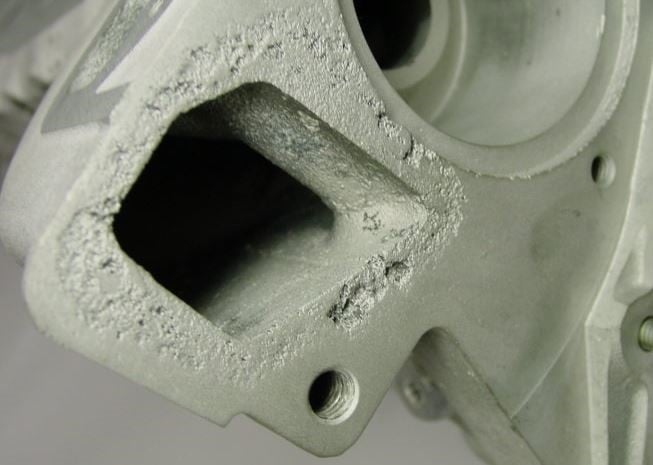
Common Si-OAT Coolant Formulas:
- G30 (Also known as VW G12 & G12+)
- VAG: TL 774-D/F
- Mercedes-Benz: DBL 7700.30
- Ford: WSS-M 97B44-D
- G40 (Also known as VW G12++)
- VAG: TL 774-G
- Cummins: CES 14603
- MAN (built from 12/2011): MAN 324 Typ Si-OAT
- Mercedes-Benz (Trucks built from 10/2011): Specification 325.5
- Porsche (from 1997): TL 774-G
- GG40 (Also known as VW G13)
- VAG: TL 774-J
- CUNA NC 956-16
- BS 6580: 2010
- HT12
- BMW: LC-18
Engine Coolant Compatability
OATs, HOATs, and Si-OATs, am I right? I know that sounds confusing, but you don't need to know the chemical makeup of every fluid in your car; that's an engineer's job. What you do need to know is which coolants can be used together. Carrying around spare fluids is a nice thought, but not everyone has the space for them, so knowing which coolant types that can top off your system in a pinch can save your cooling system.
One of the easier rules to remember is that you can not mix IAT and OAT coolants; OATs should stay OAT only, and IAT needs to stay exclusively IAT. You can, however, top off with the correct fluid rated for your car regardless of the color it is produced in; dyes don't matter in this case, though they will change the color. You can also mix Si-OAT fluids with previous generations of fluids as they are backward compatible.
G30, G33, G34, G40, and G44 should all be compatible with each other.
G05 and G48 are compatible with each other, regardless of color. However, we advise a switch to G48 after performing a full cooling system drain, flush, and re-fill, due to current availability.
Volkswagen/Audi/Porsche Coolant Specifications
Volkswagen/Audi Group is a bit of an outlier compared to other manufacturers in that they've consistently updated their cooling systems, engine materials, and engine coolants over the last three decades. That's resulted in five different potential coolants for your car available in three different colors and a few confusing names. Struggle no more when choosing your next coolant, as this section should be all you need.
G11 Coolant
- Model Years: 1994-1996
- VAG Spec: TL 774-C
- Color: Blue
- Compatible/Mixable With: G12+, G12++, G13
- Negative Effects: None
G12 Coolant
- Model Years: 1996-2000
- VAG Spec: TL 774-D
- Color: Red
- Compatible/Mixable With: G12+, G12++, G13
- Negative Effects: None
G12+ Coolant
- Model Years: 2000-2005
- VAG Spec: TL 774-F
- Color: Violet/Pink
- Compatible/Mixable With: G11, G12, G12++, G13
- Negative Effects: Loss of protection when mixed with G11 and G12
G12++ Coolant
- Model Years: 2005-2008
- VAG Spec: TL 774-G
- Color: Violet/Pink
- Compatible/Mixable With: G11, G12, G12+, G13
- Negative Effects: Loss of protection when mixed with G11, G12, and G12+
G13 Coolant
- Model Years: 2008-Present
- VAG Spec: TL 774-J
- Color: Violet/Pink
- Compatible/Mixable With: G11, G12, G12+, G12++
- Negative Effects: Loss of protection when mixed with G11, G12, and G12+
Due to G12 no longer being made, if the system needs a top-off, it is not recommended to mix antifreeze types. A drain, flush, and re-fill are suggested with the latest fluid. All other coolant forms are still in production and can be found with ease. With that said, updating to the most modern coolant isn't a bad idea. It's the best blend of corrosion-inhibiting organic additives and lubricating silicates.
Mercedes-Benz Coolant Specifications
Over the last three decades or so, Mercedes has used three different coolant variants in their gasoline and diesel-powered cars. The oldest is Q1030002, a Yellow or Gold-colored G05 HOAT formula that is no longer available through Mercedes. It may still be available in small quantities through manufacturers like Zerex, but Mercedes recommends you drain and refill with a more modern variant.
Two current versions of Mercedes coolant are available:
G48 Coolant (HOAT)
- Model Years: 2014 and earlier
- Mercedes Spec: 325.0/326.0
- Internal Code: Q1030004
- Color: Blue
- Compatible/Mixable With: G05 (Q1030002, Yellow)
- Negative Effects: While technically compatible with the older Yellow coolant, the early formula is very old, and any car using it should be drained, flushed, and replaced with the modern Q1030004 fluid
G40 Coolant (Si-OAT)
- Model Years: 2015-Present
- Mercedes Spec: 325.5/326.5
- Internal Code: Q1030005
- Color: Pink
- Compatible/Mixable With: None
- Negative Effects: Mixing with an older coolant will result in accelerated internal wear on cooling system components.
You can use the previous Q1030004 fluid in a Q1030005 factory-filled system ONLY IF the system is drained, flushed, re-drained, and then filled with Q1030004. The protection is nearly identical; however, the Q1030004 is not designed to last and perform as long as the new Q1030005.
BMW/MINI Coolant Specifications
BMW is pretty simple when it comes to its coolants. For what seems like forever, BMW has used either an IAT or HOAT coolant formula for all of their vehicles. Up until recently, a blue G48-spec coolant was the only type required. However, beginning a few years ago, BMW switched to a Si-OAT formula called HT12. For whatever reason, this newest formula doesn't follow BASF's Glysantin specification naming scheme, but that might just make it easier to remember and differentiate from other formulas.
G48 Coolant
- Model Years: 2017 and earlier
- BMW Spec: N 600 69.0
- Color: Blue
- Compatible/Mixable With: Mercedes Q1030002 and Q1030004, VAG TL 774-C (G11)
- Negative Effects: None
HT12 Coolant
- Model Years: 2018-Present
- BMW Spec: N/A
- Color: Green
- Compatible/Mixable With: None
- Negative Effects: None
Volvo Coolant Specifications
The Swedes are either hated or loved for their odd choices and unique style. But when it comes to engine coolant, Volvo has remained consistent. Their only coolant formula is that of a G48-type.
G48 Coolant
- Model Years: All of them
- Volvo Part Numbers: 31338284, 9434699, 3133828, 31439821, 32339856
- Color: Green or Blue
- Compatible/Mixable With: All European-spec G05 and G48 coolants
- Negative Effects: Ugly brown color if mixing the green and blue
Additional Coolant Facts |
- We can refer back to the late ’90s and early 2000s when most VAG products were filled with G12 coolant that removed silicates from the formula. The formula, over time, began to eat away gaskets and metal components within the cooling system and had led to many leaking heater cores, among other cooling system woes. (They switched out to Si-OAT on the next generation of cars.)
- Most VAG and Mercedes products in the '90s era, and until today, had Silicate packs built into the expansion tanks that were designed to provide more protection from the system.
- BMW, Mercedes, and Volvo had been using IAT coolant since the ’80s. Now the formulation changed to a HOAT fluid. Not much has changed in the composition or the specification since. The intervals that they need to be replaced at have, however, been extended all the way from 2 years in the ’80s initially to 3 years to 4 years in the ’90s to now “LIFETIME” in virtually all BMW applications. Guess what is the weak spot of a modern BMW… The cooling system! We wonder why?
- Electrolysis is a fun by-product of not changing coolant on time, and it has some very negative impacts on all things aluminum. As you can see in the picture below, electrical current traveling through the coolant seeking a path of least resistance, found its way out by creating new passages. Not a good thing long-term for your engine and all-aluminum parts in that system.
Shop Coolant For Your Car At FCP Euro
If you have any questions about what coolant is right for your car, make sure to leave them in the comments below. And feel free to suggest what questions you would like answered next.

